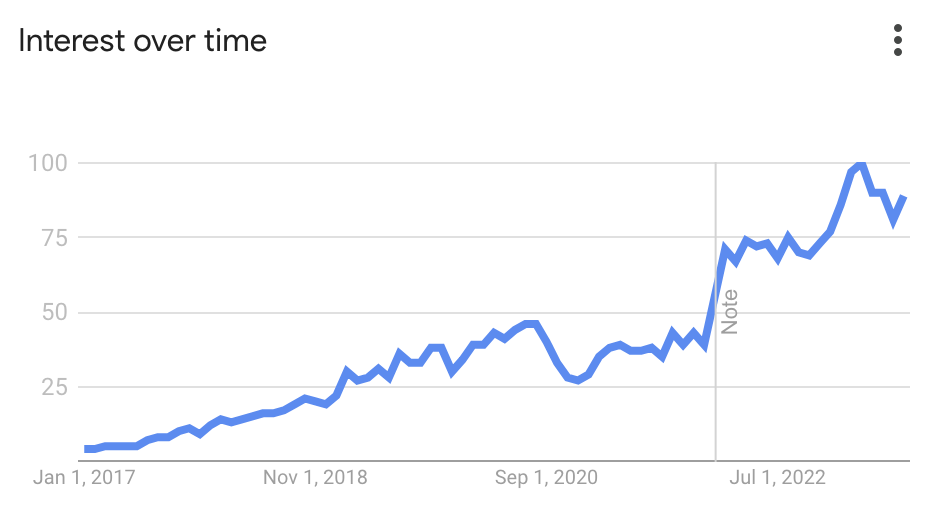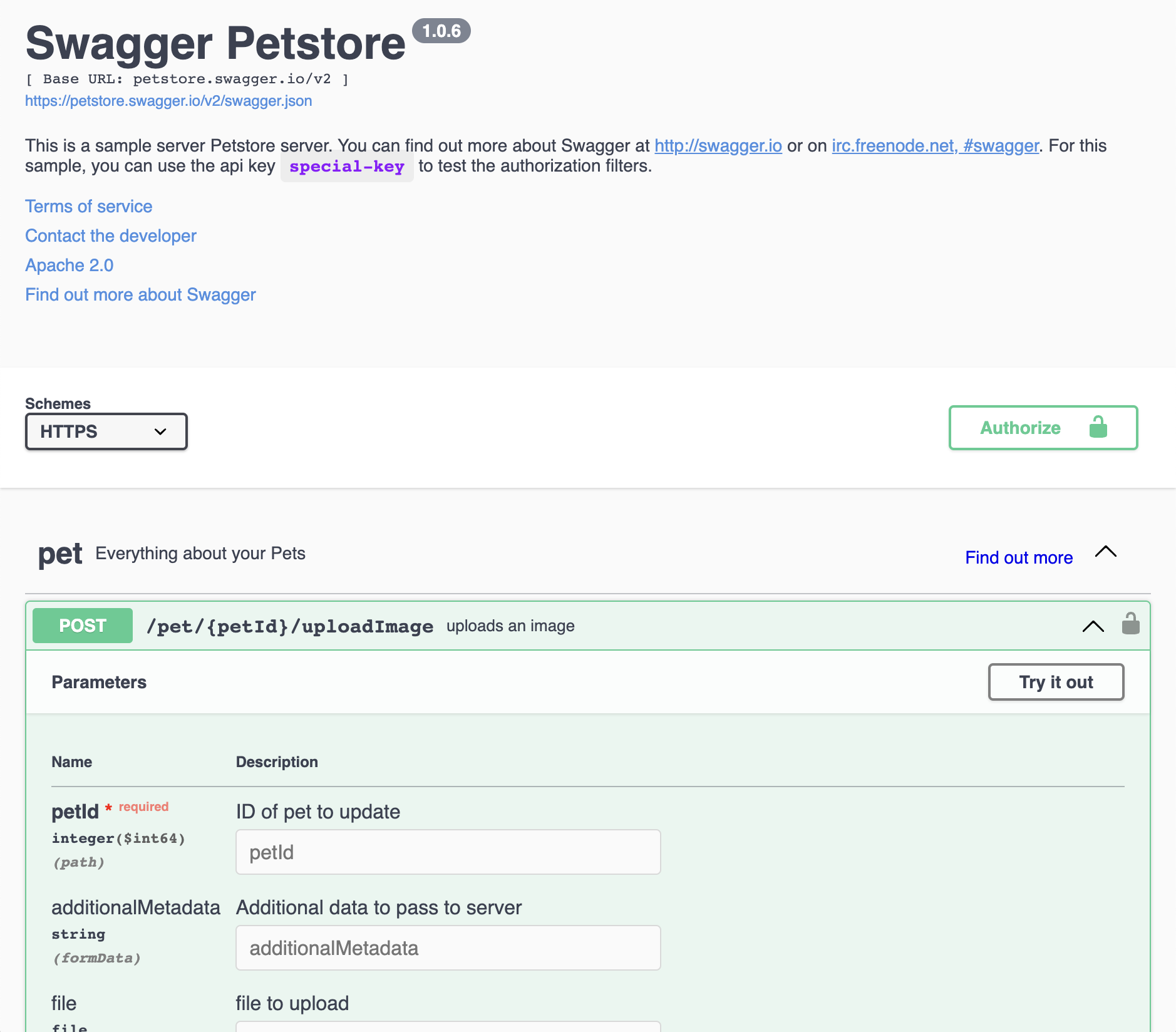What exactly is an OpenAPI? In this article, we'll cover the problem that OpenAPI solves and explore its importance in modern software architecture.
As software systems become more interconnected, OpenAPI has emerged as a vital tool for promoting collaboration and enabling seamless integration between different applications. Today large API-first companies like Stripe and Plaid use OpenAPI so it's no surprise that OpenAPI is finding widespread adoption.

Understanding APIs
Imagine you're building an application and you need to incorporate services or information from an external source, such as messaging, financial data, and payment processing.
How do we integrate these components into our application? One option is to build all of this data and payments infrastructure yourself, but that could take years. Instead, let's leverage API providers like Twilio, Plaid, and Stripe to avoid building the infrastructure themselves.
Suddenly, our application has access to the necessary data infrastructure and payment processing capabilities! Developing our application now takes weeks instead of years 🎉. But not so fast, now we need to integrate the APIs. Okay, let's start reading the documentation...
Oh no! The APIs you need to integrate are complex and hard to use 😱.
Introducing OpenAPI
OpenAPI standardizes APIs. It's a specification that provides a structured approach for designing, building, and documenting APIs, ensuring clarity and consistency throughout the entire lifecycle. Now that Twilio, Plaid, and Stripe offer OpenAPI Specifications, developing integrations is a breeze. We are saved 😮💨!
OpenAPI has come a long way since its inception as Swagger. With each iteration, it has evolved and refined its features, culminating in the latest version, OpenAPI 3.1, which brings enhanced capabilities and improved support for modern API design.
Key Features and Components of OpenAPI
At the core of OpenAPI is a specification that defines the various components and details of an API, allowing developers to understand and interact with it effectively. For example, the title, description, contact information, version, and API URL.
But most importantly, OpenAPI specifies available endpoints and their operations, defines input parameters and expected responses, includes practical examples for better understanding, and security requirements for authentication.
Benefits and Use Cases of OpenAPI
Embracing OpenAPI brings numerous benefits, including standardized and well-documented APIs, seamless integration with diverse systems, and automated code generation, reducing development efforts, and enhancing collaboration.
At Konfig, we code generate SDKs from OpenAPIs to help developer integrate APIs even faster.
OpenAPI has found its home in a wide range of use cases, including building scalable microservices architectures, enabling generated API documentation, and fueling the growth of API marketplaces that empower developers with powerful APIs.
OpenAPI Tools and Ecosystem
With over 3.5k repositories on
GitHub under
the topic openapi, the OpenAPI ecosystem is bustling with handy tools and
frameworks
like Swagger UI, ReDoc, and Insomnia, which provide interactive documentation
and API exploration, making API development and consumption a breeze.
These tools bring OpenAPI documents to life by offering intuitive interfaces, interactive exploration features, auto-generated documentation, and auto-generated code, enabling developers to visualize and interact with APIs effortlessly.

OpenAPI also synergizes with JSON Schema, which allows for detailed data validation and modeling, enhancing the capabilities of OpenAPI for building robust and accurate APIs. At Konfig, we natively support request validation in our generated SDKs based to ensure that data errors are caught earlier in the development process.
Best Practices for OpenAPI
To make the most of OpenAPI, follow best practices, such as adopting consistent naming conventions, thoroughly documenting each aspect of your API, ensuring the OpenAPI document's accuracy, leveraging reusable components, and implementing robust security measures. To automatically enforce best practices, open-source tools like Spectral allow you to define your own rules that integrates with VSCode and continuous integration.
To ensure your OpenAPI Specification is ready for generating high-quality SDKs, we created a spectral-based linter with over 30 advanced rules.
Conclusion
OpenAPI plays a pivotal role in today's API landscape, bringing standardization, clarity, and collaboration to API development, enabling developers to build powerful and interoperable software systems.
For more information, check out the official OpenAPI documentation and explore the rich ecosystem of tools and frameworks on GitHub.
